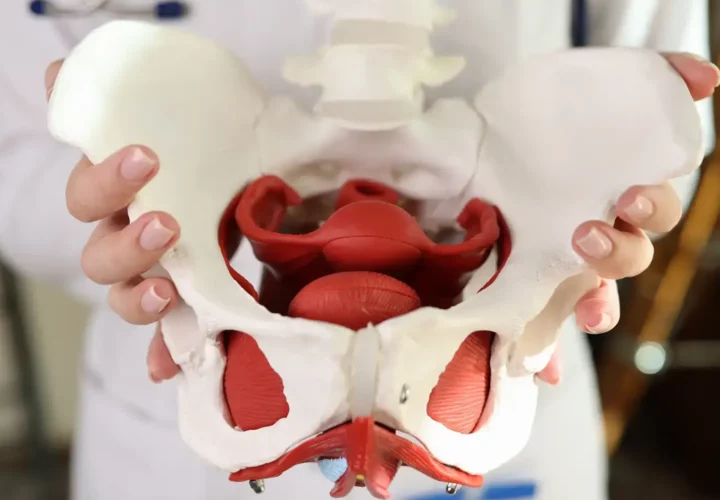Carpal Tunnel Syndrome occurs when the median nerve becomes compressed or squeezed. In return this causes pain, numbness, and tingling throughout the hand and arm. For most, this condition becomes worse over time making an early diagnosis important. If not diagnosed and treated right away, nerve damage can occur.
Causes
Studies done show that women and older adults are more likely to develop Carpal Tunnel Syndrome. Risk factors include:
- Hereditary
- Very important risk factor.
- Repetitive Hand Use
- Repeating the same motions of the hand and wrist over a long period of time can aggravate tendons in the wrist which can cause swelling, putting pressure on the nerves of the wrist.
- Hand and Wrist Positioning
- Participating in activities that use extreme flexion and extension for a long period of time will increase pressure on the nerves of the wrist.
- Pregnancy
- The hormonal changes you experience while pregnant can cause swelling in the wrist.
- Health Conditions
- Diabetes, RA, and Thyroid Gland Imbalance are all conditions that associate with Carpal Tunnel Syndrome.
Symptoms
Symptoms include but are not limited to:
- Numbness, tingling, burning, and pain. This will primarily be located in the thumb, index, middle, and ring finger
- Also, occasional shocking sensations. These will radiate to the thumb, index, middle, and ring finger
- Pain and/or tingling that may travel up your forearm towards the shoulder
- Weakness and clumsiness in the hand
- Lastly, dropping items due to weakness/numbness
Most cases of Carpal Tunnel Syndrome have symptoms starting gradually without any type of specific injury. At the beginning, most people affected will find their symptoms coming and going. But as the condition becomes worse, the symptoms may potentially occur more frequently and for longer periods of time.
Diagnosing
The first step to diagnosing Carpal Tunnel Syndrome is a physical examination. Here your physician will ask you about your health, medical history, and any symptoms you have been experiencing. Then they will examine your hand/wrist and perform a variety of tests. Some things you may see done include the physician pressing down or tapping along the median nerve. This is checking to see if any numbness or tingling occurs in your fingers. The doctor may also bend and hold your wrist in a flexed position which tests for numbness and tingling in your hands as well. Using special instruments, testing sensitivity in your fingertips with your eyes closed is also important. Lastly, looking for any weakness or atrophy in or around the muscles of the thumb.
Other tests done may include:
- Electrophysiological tests
- These tests may include:
- Nerve Conduction Studies
- Electromyogram (EMG)
- These tests may include:
- Ultrasound
- X-Rays
- Magnetic Resonance Imaging (MRI)
Treatment
Most cases can be treated without surgery, but some cases are so severe surgery is needed.
Nonsurgical treatments include bracing/splinting, non-steroidal anti-inflammatory drugs (NSAIDS), change of activities, nerve gliding exercises, and steroid injections. A great option is physical therapy! PT is effective in helping reduce symptoms, educating you on wrist changing positions, proper use of utensils, tools, or other items, and why stretch breaks are important throughout your day. Physical therapy will also provide you with exercises to help strengthen the muscles in and around your hand/forearm.
To schedule an appointment with us at Hohman Rehab please click here. We work diligently to get to the root of your problem so you’re better FASTER!



